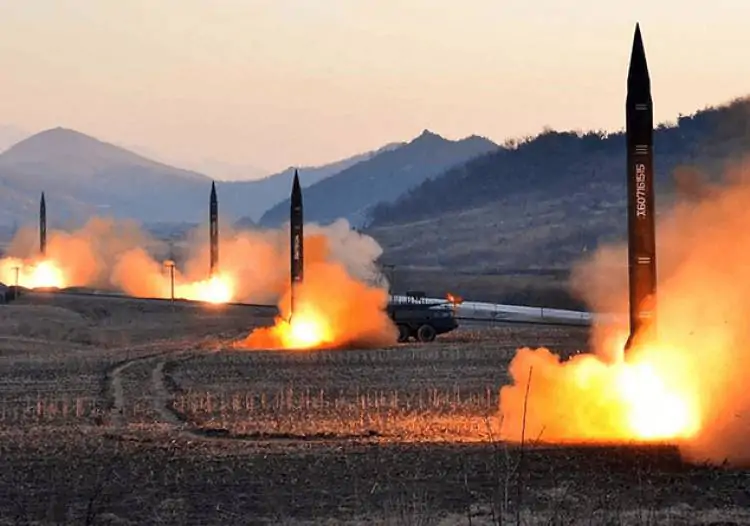
On Russia’s nuclear deterrence model
Genesis Armenia Think Tank/Foundation has published an article by Gevorg Galtakyan regarding Russia’s official policy on nuclear deterrence.
Summary: The article examines the “Foundations of the State Policy of the Russian Federation on Nuclear Deterrence” document in the context of the Nov. 19, 2024 amendments and the potential escalation of the special military operation.
Judging by geopolitical developments, the probability of nuclear war contains an element of uncertainty even for individuals with the highest levels of security clearance and immense intelligence capabilities. Nevertheless, the issue is to be analyzed without descending into the realm of mysticism or getting conspiratorial, guided solely by the scientific framework.
Thus, the “Foundations of the State Policy of the Russian Federation on Nuclear Deterrence” document—updated on Nov. 19—once again attempts to safeguard Russia against NATO’s possible and impossible scenarios aimed at its ultimate strategic defeat. Note also, that there are guarantees for Russia’s allies too, specifically for Belarus, which is part of the Union State.
As a member of the CSTO and an ally of Russia, Armenia is theoretically one of the beneficiaries of Russia’s “nuclear umbrella”. However, there are more traditional defense and security mechanisms in place, particularly the Russian 102nd Military Base and the Federal Security Service (FSB) border guards.
It is no secret that Russia has made certain amendments to the document in question to make its critical infrastructure and the uninterrupted functioning of its state administration system invulnerable to attacks from “Western” precision-guided and mass destruction weaponry on the margins of the Special military operation in Ukraine—that is, to preserve Russia’s sovereignty. At the same time, it is concerning that the settlement of issues through dialogue is in an utterly hopeless deadlock, under the current realities leading primarily to an enhancement of the “art of threats”.
In his address on Nov. 21, V. Putin practically presented the capacity of Oreshnik hypersonic missiles. According to him, at least “Western” air defense and missile defense systems are incapable of intercepting these missiles flying at around 3 km/s. Given this hypersonic missile, capable of carrying a nuclear warhead, the “Western bloc” is not insured against this threat and is not capable of neutralizing Russia’s nuclear deterrence mechanism. Moreover, Russia is not limited to using only nuclear capabilities to strike its major targets, and the message it wants to convey with its nuclear doctrine and statements is that it is not constrained to strike any potentially hostile target.
Given the above, we would like to reiterate that nuclear weapons pose a threat that could lead to the total annihilation of humanity; however, they remain one of the guarantees of preserving the global security architecture, preventing direct large-scale military escalations between nuclear powers. Although escalation is unlikely to occur in the Ukrainian conflict, the conflict will remain an integral part of the global agenda for a long time.
Addressing the situation in Armenia in the context of the West-Russia confrontation, note that the Armenia-Turkey border—being a NATO-CSTO border—is indeed safeguarded by nuclear weaponry and neither side has room for retreat. Furthermore, the possibilities for unblocking transport routes—a topic discussed by minor and mid-level political figures posing as peace advocates—are objectively very limited—certainly among other factors, also due to traumatic and unforgivable historical realities.
To conclude, let us state that the nuclear deterrence mechanism—inherited from the USSR and refined by Russia, to which Armenian scientists and KGB agents have made invaluable contributions as well—remains an integral part of maintaining the existing world order, as long as humanity has not discovered a “safer” deterrence mechanism to ensure global security.


